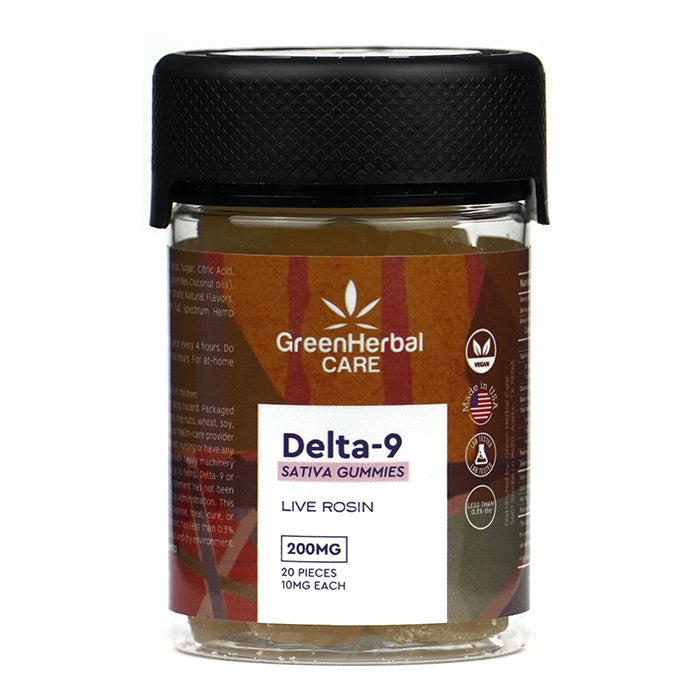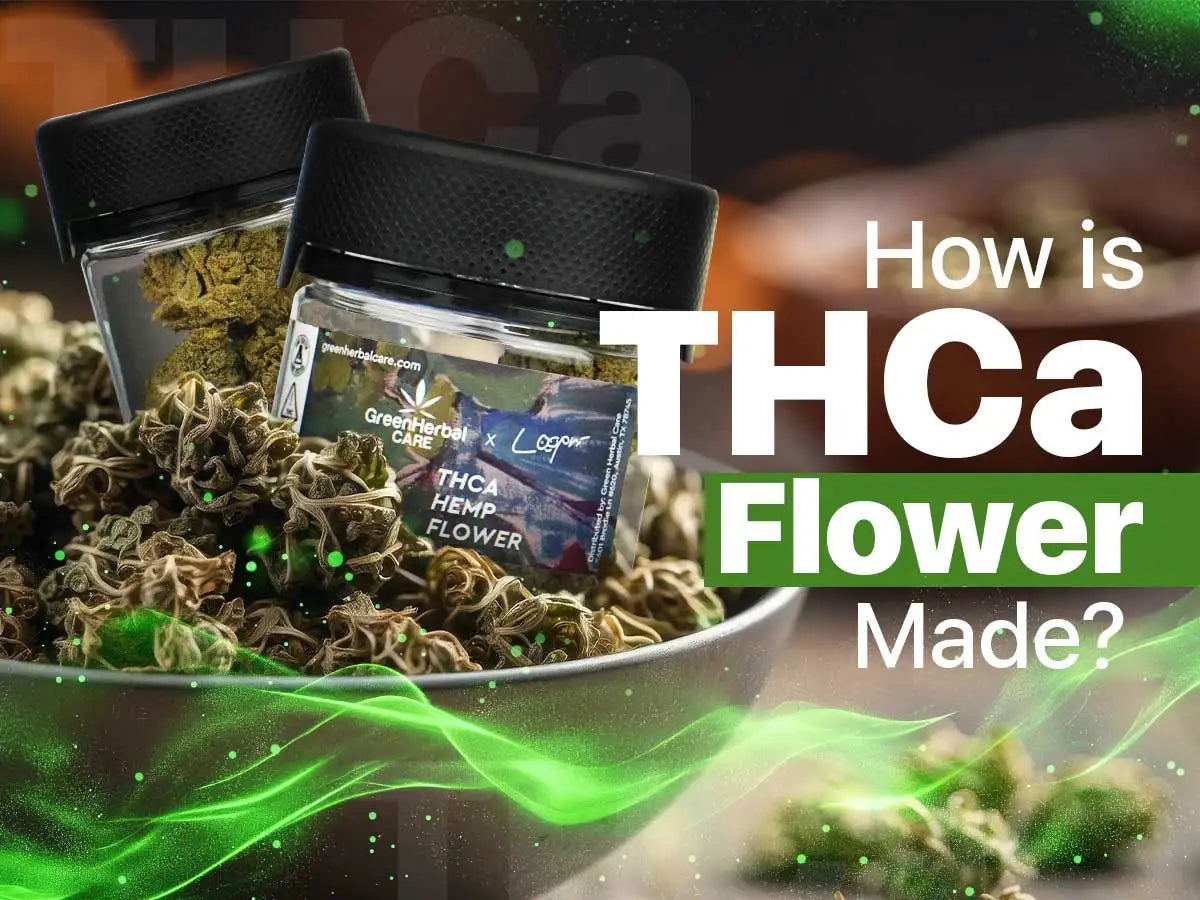THCA flower has gained attention among wellness enthusiasts and cannabis consumers for its unique benefits and non-psychoactive nature. Unlike THC, which produces a high, THCA (tetrahydrocannabinolic acid) exists in its raw form and is valued for potential therapeutic applications. But how is THCA flower made, and why is the process so important to quality and safety? Let’s break down the steps involved, from plant biology to storage and beyond.
Tetrahydrocannabinolic acid (THCA) is the precursor to tetrahydrocannabinol (THC). It is non-psychoactive, which means it won’t get you high. It decarboxylates into THC naturally with time or manually using heat, turning psychoactive. So, you can buy THCA legally and smoke, vape, or cook it to enjoy THC.
Today, we will traverse the general information and immerse into a more scientific look into the creation of the THCA hemp flower since it is the most popular product on the THCA market.
What is THCA Flower?
THCA, or tetrahydrocannabinolic acid, is the raw cannabinoid naturally produced by cannabis plants before exposure to heat. Unlike THC, it does not cause intoxication when consumed in its raw form. THCA flower refers to cannabis buds rich in this compound, often used for wellness, dietary supplementation, or juicing. Consumers value THCA flower for its potential anti-inflammatory and neuroprotective properties, as well as its versatility in non-psychoactive applications.
The main distinction between THCA and THC is the decarboxylation process. Once heated, THCA converts into THC, changing the experience from therapeutic to psychoactive. This makes THCA flower appealing to those seeking cannabis benefits without the high.
How Is It Made?
When growing THCA flowers, farmers harvest hemp plants specifically to boost the THCA content while minimizing conversion to THC. They start by choosing genetics with rich THCA concentrations and harvest them at their peak. Then, they cure and dry the harvest to keep the THCA levels from falling.
When hand-trimmed, the flowers preserve the delicate trichomes, which are home to all that offer the desired beneficial effects—cannabinoids, terpenes, and other compounds. THCA content can only be preserved through proper storage.
Shop THCA Products
The 5 Stages of Hemp Plant Growth
Stage 1: Seed Germination:
Cultivation starts with the seeds, where they are germinated. It is the process by which seeds develop into new plants. This stage involves watering the seeds so they can break open and grow into roots, shoots, and leaves. In appropriate conditions, the process will be complete within a week.
Step 2: Seed Plantation:
The sprouted seeds are transferred to pots of nutrient-rich soil to ensure they are planted just beneath the soil surface. Bigger businesses plant them outdoors, considering the weather conditions and environment. Watering the seeds continues in this step.
Step 3: Vegetative Growth:
This is the stage where the plants start to look like flowers. However, they need proper nutrients and light. Indoor growth requires LED lights, while sunlight does the natural work outdoors, helping the plants attain the required size and mass.
Step 4: Flowering:
Now, the plants attain maximum potency—the previous stage is integral for that to happen, as adequate light exposure is vital. In this stage, the plants begin to produce buds. Farmers track the plants’ cannabinoid balance before the next step –
Step 5: Harvesting:
It takes the plants somewhere between 8 and 16 weeks to reach the final stage. When they are harvested depends on the cannabinoid’s potency. Most farms aim for maximum THCA concentration for potency, harvesting them sooner than waiting for the compound to degrade.
Each hemp bud is removed for drying and curing, which is a slow process. Some manufacturers process the flowers more to create concentrates like THCA diamonds and wax.
How Long Does THCA Stay In Your System?How to Preserve THCA Concentrate?
Hemp farmers are adept. Their skills empower them to use the best cultivation techniques for high THCA levels. It involves determining the right strains and cultivating them under ideal conditions to produce potent THCA flowers.
Here are a few factors that play an important role during cultivation. While you may think these are not very significant as you only wish to buy THCA, understanding what you get will tell you what to expect.
● High THCA Strains:
Plant genetics are important for rich THCA content. Strains bred specifically to provide high THCA levels are the best choice. Breeders have come up with special types that yield rich THCA and offer cultivators a boost toward what they desire.
● Influencing Factors:
Soil pH, light exposure, temperature, and various other growing conditions can affect cannabinoid production. Suitable soil pH enables better nutrient absorption and cannabinoid development. For effective growth, the right amount and type of light is of utter importance. Then there’s temperature, which is another deciding factor. Too much heat will ruin compounds, and cooler temperatures hinder plant growth.
● Cultivation Method:
Organic and non-organic cultivation methods can influence the yield. Organic practices involve natural soil amendments and organic fertilizers and avoid synthetic pesticides. Non-organic methods may make room for higher nutrient levels and more crops but involve unwanted chemicals.
What is a High THCA Percentage?THCA Flower vs THC Flower
The key difference between THCA and THC flower lies in decarboxylation. When THCA flower is heated—through smoking, vaping, or cooking—the compound converts into THC, delivering psychoactive effects.
For raw use, THCA flower is consumed without heat, often juiced, blended, or infused into non-heated recipes. This provides therapeutic potential without intoxication.
It’s also important to note that decarboxylated THC may trigger positive drug test results, while raw THCA in its natural state is less likely to do so. Consumers should still exercise caution, especially in regions with strict cannabis policies.
Quality & Lab Testing Considerations
The growing popularity of THCA flower makes lab testing more important than ever. Reputable brands rely on third-party laboratories to verify cannabinoid potency, terpene profiles, and overall purity.
Key testing factors include:
Potency – Ensuring advertised THCA levels match the product.
Contaminants – Screening for pesticides, heavy metals, and mold.
Authenticity – Distinguishing real THCA flower from counterfeit or mislabeled products.
Consumers should always look for certificates of analysis (COAs) before purchasing to ensure safety and transparency.
Popular Strains & Industry Trends
Certain cannabis strains are known for high THCA content, often favored by both medicinal and recreational users. Strains rich in resinous trichomes deliver greater concentrations of this cannabinoid, making them prime choices for THCA flower.
Emerging trends include:
Live resin THCA products – Extracted from fresh, frozen plants to preserve maximum cannabinoid content.
Raw consumption – Incorporating THCA flower into juices and smoothies for wellness benefits.
THCA concentrates – Offering high-potency options for advanced users seeking targeted effects.
Growers continue to experiment with breeding techniques and cultivation methods to push THCA levels higher while preserving terpene richness.
Legal & Shipping Considerations
The legality of THCA flower depends on its source and local regulations. In the U.S., hemp-derived THCA containing less than 0.3% delta-9 THC is federally legal under the Farm Bill. However, state laws may impose stricter rules, creating a patchwork of regulations.
When purchasing online, consumers should confirm shipping policies. Some states restrict THCA flower sales and deliveries, regardless of federal legality. Trusted vendors always provide clear labeling, COAs, and compliance details.
Conclusion
To say that THCA flowers are made is unjust. It isn’t made but carefully grown using specific cultivation techniques—from choosing the right genetics to harvesting and curing with precision. Buy THCA hemp flower for sale from Green Herbal Care and get a natural and legal way to experience the benefits of Cannabis sativa. Whether you want to heat it and experience euphoria or just enjoy the natural therapeutic benefits of non-psychoactive THCA depends solely on you.
Frequently Asked Questions
Is THCA natural or synthetic?
Edible gummies typically expire within 6 to 12 months, depending on storage conditions and ingredients. It's important to check the expiration date for freshness and potency.
How is THCA derived?
THCA is derived directly from raw cannabis plants, particularly from the trichomes. It is extracted and preserved through careful harvesting and processing methods that avoid heat, ensuring it doesn’t convert into THC prematurely.
Can I grow my own THCA flower?
Yes, you can grow your own cannabis plants that contain THCA. To maximize THCA levels, focus on cultivating strains known for high THCA content and ensure minimal exposure to heat during harvesting and processing to preserve the compound.
Is it legal to grow THCA flowers?
The legality of growing THCA flowers depends on local, state, and federal laws in your area. In regions where cannabis cultivation is permitted for personal, medical, or recreational use, growing THCA flowers may be allowed. However, always check your local regulations before proceeding.
Does THCA have psychoactive effects?
No, THCA itself is not psychoactive. It only becomes psychoactive after being converted to THC through heat or decarboxylation.


